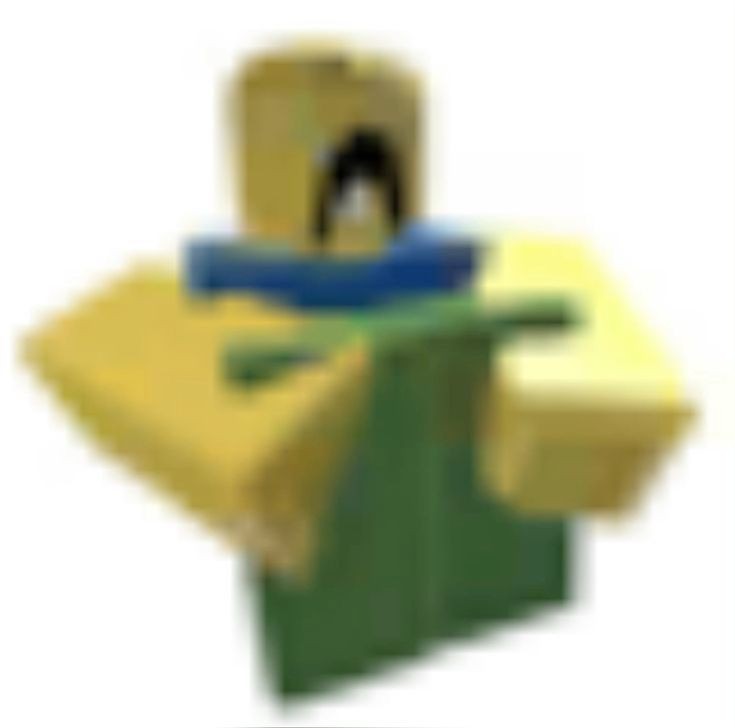Hydrosphere
Cards (23)
- hydrosphere is the combined mass of water found on, under, and above the surface of a planet, minor planet, or natural satellite
- earth consists mostly of water, hence why it's called "blue planet". nearly 71 percent is water
- world's ocean can be divided into five: Pacific, Atlantic, Indian, Arctic, and Antarctic ocean
- sea is a part of an ocean that is partially surrounding a landform
- island sea is a part of an ocean that totally surrounds a landform
- ocean is a body of saltwater with almost no boundaries and limitless volume
- salinity refers to the proportion of dissolved salts to pure water
- saltwater or seawater has an average salinity of 3.5 percent
- dissolved salts can come from chemical weathering from rocks on land, which is the major sources of salts; or from earth's interior during volcanic eruptions
- volcanic outgassing is the process wherein large quantities of water and gases are emitted into the earth's surface
- saltwater - 97.5 percent
- freshwater - 2.5 percent
- freshwater: 68.9 percent locked in glaciers, 30.8 percent groundwater, 0.3 percent rivers and lake systems
- oceans can be divided into layers known as zones. these zones can either be horizontal or vertical
- horizontal zones divide the ocean from the land to the sea. it consists of coastal and pelagic
- coastal zone is the region where sea bottom is exposed during low tide and covered during high tide. sea urchins, sea stars, and some species of coral have adapted to this
- pelagic zone is located seaward of the coastal zones low tide mark (means it starts at the low tide mark). divided into two: oceanic zone and neritic zone
- oceanic zones is a division of the pelagic zone. it lies above the continental shelf. begins from low tide mark outward to the seashore. sunlight penetrates the water
- neritic zone is a division of the pelagic zone where it extends from the edge of the continental shelf over the ocean floor. characterized by zero visibility
- vertical zones divide the ocean based on depth. from sea level to deepest point of the ocean. it contains the epipelagic/sunlight zone, mesopolagic/twilight zone, bathypelagic/midnight zone, abyssopelagic or abyss, and hadalpelagic/trenches
- epipelagic/sunlight zone has lots of sunlight and aquatic plants and animals. includes seals, turtles, sea lions, rays, sharks
- mesopelagic/twilight zone has dim light. lily fish, octupus, squid
- bathypelagic/twilight zone doesnt receive any sunlight. animals here lack eyes. viperfish, anglerfish, striped eel, tripod fish
- abyssopelagic/abyss is described as deep sea. most animals are invertebrates. blind shrimps, small squids, hagfish
- hadalpelagic/trenches is the deepest part of the ocean. mostly found in deep water trenches and canyons. sea cucumber, tube worms
